#systematics
Text

Also one last post for the night, if this is you please rebog, I for one was born in the wrong generation, should have been a rare fish...
#fish#aquarium#fish tank#investors#nefarious#rare fish#marine life#Cambrian#marine biology#biology#science#evolution#genus#taxonomy#systematics
972 notes
·
View notes
Text
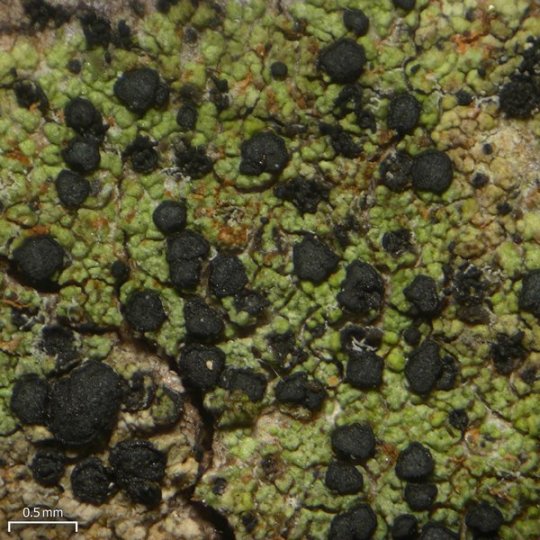
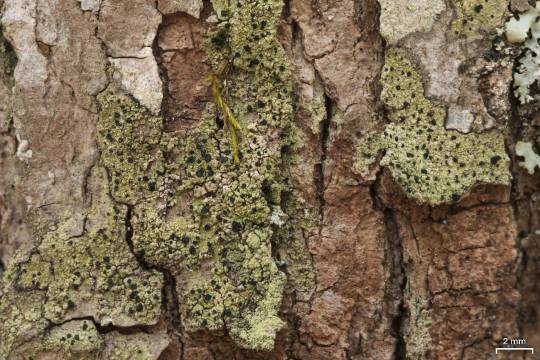
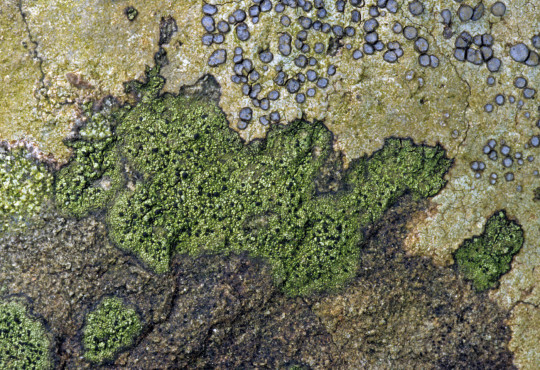
Buellia vernicoma
Once upon a time, some lichen samples from North America were sent to a lichenologist in Europe. There was one small rock that had 2 different crustose lichen species on it, and the American lichenologist (Tuckerman) labeled the sample with name of the smaller of the two (B. vernicoma) with a penciled in arrow pointing to it. But the European scientist (Nylander) didn't notice the arrow, and thought that the American scientist was referring to the larger lichen present on the rock of B. vernicoma. Nylander recognized this species as Lecidea myriocarpella, and came to the conclusion that what the American lichenologists were calling B. vernicoma and what European scientists where calling L. myriocarpella must be the same thing. He synonymized the names, and from then on it was thought that B. vernicoma was present in Europe. It wasn't until 1999 that Anders Nordin, a Swedish lichenologist, realized that the reason that B. vernicoma had never been collected in Europe was because it truly wasn't there, and managed to track down the source of the error. For centuries we thought B. vernicoma was in Europe when it never was, all because of a small communication error. And what of the European L. myriocarpella? Well when folks believed it was the same as a more common North American species, no one really bothered to keep track of it, and so very little is known about it to this day. So whenever you get annoyed having to clarify yourself in an email, remember how lucky we are to live in an age where miscommunication can be remedied in such a short amount of time.
images: source | source
info: source | source
#lichen#lichens#lichenology#lichenologist#mycology#ecology#biology#fungi#fungus#symbiosis#taxonomy#systematics#science#scientists#natural science#environmental science#life science#nature#naturalist#Buellia vernicoma#buellia#trypo#trypophobia#lichen a day#daily lichen pot#lichen subscribe#I'm lichen it
55 notes
·
View notes
Text
Caniformia gurls we're unforgettable
Jackals, dogs,
Tanukis on top
Stoats and minks
So soft
We kill them for their coats
Ooh oh ooh
Ooh oh ooh
Caniformia gurls, we're under Carnivores
Bears and seals
we got it on lock
dog-shaped friends present
now put your paws up
Ooh oh ooh
Ooh oh ooh
#mammalogy#wildlife biology#carnivores#animals#dogs#canines#weasels#seals#bears#taxonomy#biology#systematics#katy perry#california girls#california gurls
2 notes
·
View notes
Text
Our classifications will come to be, as far as they can be so made, genealogies; and will then truly give what may be called the plan of creation.
"On the Origin of Species by Means of Natural Selection, or the Preservation of Favoured Races in the Struggle for Life" - Charles Darwin
#book quote#the origin of species#charles darwin#nonfiction#classification#genealogy#creation#systematics
1 note
·
View note
Quote
There can be no truly closed systems in life.
from Children of Dune by Frank Herbert
#dune#dune book#dune fandom#children of dune#frank herbert#open systems#systems#life systems#systemics#systematics
4 notes
·
View notes
Text

Incredible diversity of dermestid beetles! Image from Entomology Today article. Some of them don't look related at all.
Species in alt text, or check out the article for more info.
2 notes
·
View notes
Text
Found this incredibly cool website that lets you explore the whole tree of life.
They have a whole page on where their data is sourced from if you're wondering. It looks like a lot of thought went into it!
#systematics#taxonomy#science#animal#plant#fungi#and the rest!#they also have a cute solution for the 'soliciting donations' problem#where you can 'sponsor' one leaf/species on the tree
0 notes
Text
thin people get called "too skinny" like once growing up and then think they're allowed to clown on any post talking about fatphobia. they want skinnyphobia to exist soooooo bad.
11K notes
·
View notes
Text
Abstract
The karyotype characteristics of 24 taxa of Iranian Astragalus genus from different geographic origins were studied and their relation with a systematic classification of studied taxa was discussed. Chromosome numbers based on x = 8 were found in all of the taxa. Diploid (2n = 2x = 16) and tetraploid (2n = 4x = 36) chromosome number were recorded in 12 taxa representing nine species and in 12 taxa representing six species, respectively. The degree of karyotype asymmetric is set by values of A1, AR, CI, TF%, SA%, and LA%. Thus, the greatest value of A1, AR, and LA% and the greatest value of CI, TF%, and SA% were shown in A. stevianus (accession 20105) and A. cyclophyllon (accession 18375), respectively. The size of chromosomes in the studied taxa ranges between 1.930 μ in A. cyclophyllon (accession 18375) and 4.095 μ in A. bombycinus (accession 20114). By using Ward cluster analysis, the relation of studied taxa based on karyotype characteristic was shown. In this plot, all of the taxa were located in four groups on karyotype characteristics similarity. This grouping was then compared with their traditional systematic classification.
0 notes
Text
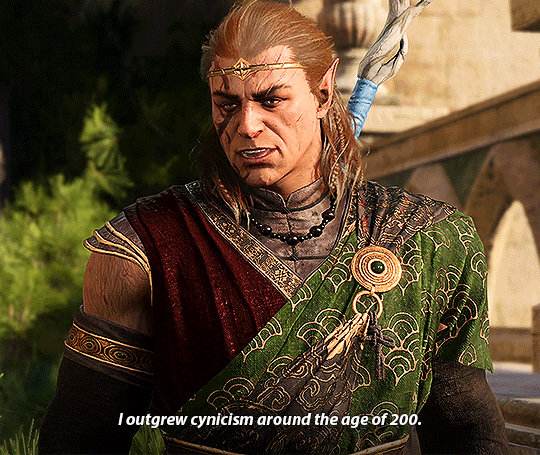

[I didn't expect such naivety in an Archdruid of your vintage.]
#Baldur's Gate 3#Halsin#bg3edit#halsinedit#videogameedit#otheredits#my stuff#i only post gifs at like 11 oclock at night#i love how halsin's hands subtly tremble#halsin said grow tf up and stop ignoring the systematic oppression of the poor#and falling into apathetics
2K notes
·
View notes
Text
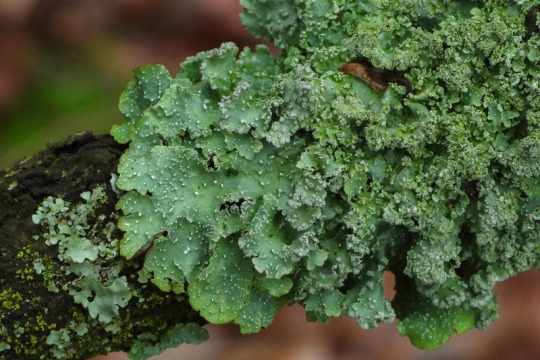

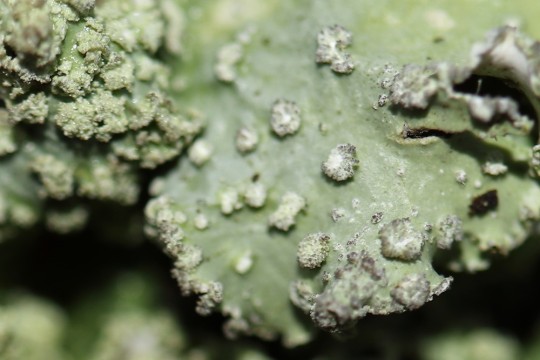



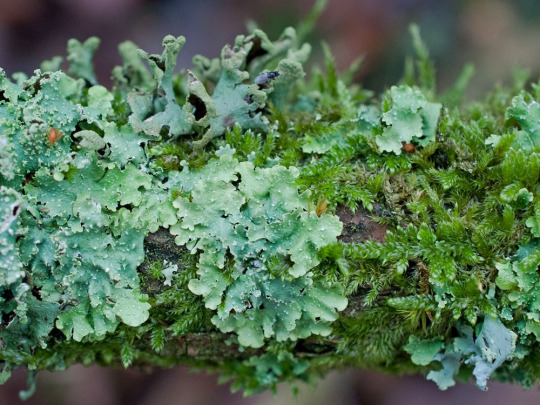
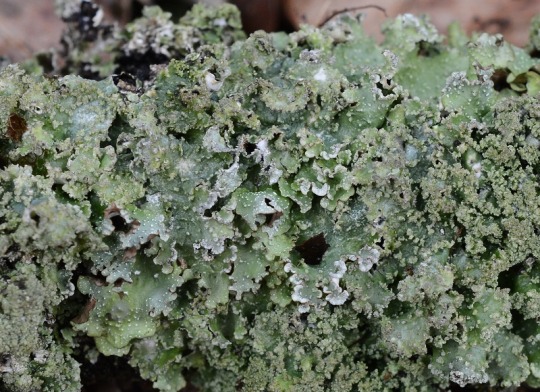

Punctelia reddenda
This gorgeous foliose lichen grows in rosettes up to 6 cm in diameter. The upper surface is gray-green to yellow-green with white, punctiform (point or dot like) pseudocyphella which turn into soralia which produce granular or nodular soredia. The lower surface is black toward the center and lightens to brown near the rounded margins of the overlapping lobes. P. reddenda grows on mossy tree trunks and rock in Africa, Macaronesia, North and South America, and Europe.
images: source | source
info: source | source | source
#lichen#lichens#lichenology#lichenologist#lichenized fungus#fungus#fungi#mycology#symbosis#symbiotic organisms#green algae#biology#ecology#botany#bryology#systematics#taxonomy#life science#environmental science#natural science#nature#the natural world#beautiful nature#weird nature#trypo#trypophobia#Punctelia reddenda#Punctelia#I'm lichen it#lichen a day
242 notes
·
View notes
Text
for a while i lived in an old house; the kind u.s americans don't often get to live in - living in a really old house here is super expensive. i found out right before i moved out that the house was actually so old that it features in a poem by emily dickinson.
i liked that there were footprints in front of the sink, worn into the hardwood. there were handprints on some of the handrails. we'd find secret marks from other tenants, little hints someone else had lived and died there. and yeah, there was a lot wrong with the house. there are a lot of DIY skills you learn when you are a grad student that cannot afford to pay someone else to do-it-for-ya. i shared the house with 8 others. the house always had this noise to it. sometimes that noise was really fucking awful.
in the mornings though, the sun would slant in thick amber skiens through the windows, and i'd be the first one up. i'd shuffle around, get showered in this tub that was trying to exit through the floor, get my clothes on. i would usually creep around in the kitchen until it was time to start waking everyone else up - some of them required multiple rounds of polite hey man we gotta go knocks. and it felt... outside of time. a loud kind of quiet.
the ghosts of the house always felt like they were humming in a melody just out of reach. i know people say that the witching hour happens in the dark, but i always felt like it occurred somewhere around 6:45 in the morning. like - for literal centuries, somebody stood here and did the dishes. for literal centuries, somebody else has been looking out the window to this tree in our garden. for literal centuries, people have been stubbing their toes and cracking their backs and complaining about the weather. something about that was so... strangely lovely.
i have to be honest. i'm not a history aficionado. i know, i know; it's tragic of me. i usually respond to "this thing is super old" by being like, wow! cool! and moving on. but this house was the first time i felt like the past was standing there. like it was breathing. like someone else was drying their hands with me. playing chess on the sofa. adding honey to their tea.
i grew up in an old town. like, literally, a few miles off of walden pond (as in of the walden). (also, relatedly, don't swim in walden, it's so unbelievably dirty). but my family didn't have "old house" kind of money. we had a barely-standing house from the 70's. history existed kind of... parallel to me. you had to go somewhere to be in history. your school would pack you up on a bus and take you to some "ye olden times" place and you'd see how they used to make glass or whatever, and then you'd go home to your LEDs. most museums were small and closed before 5. you knew history was, like, somewhere, but the only thing that was open was the mcdonalds and the mall.
i remember one of my seventh grade history teachers telling us - some day you'll see how long we've been human for and that thing has been puzzling me. i know the scientific number, technically.
the house had these little scars of use. my floors didn't actually touch the walls; i had to fill them with a stopgap to stop the wind. other people had shoved rags and pieces of newspaper. i know i've lost rings and earring backs down some of the floorboards. i think the raccoons that lived in our basement probably have collected a small fortune over the years. i complain out loud to myself about how awful the stairs are (uneven, steep, evil, turning, hard to get down while holding anything) and know - someone else has said this exact same thing.
when i was packing up to leave and doing a final deep cleaning, i found a note carved in the furthest corner in the narrow cave of my closet. a child's scrawled name, a faded paint handprint, the scrangly numbers: 1857.
we've been human for a long time. way back before we can remember.
#idk if it's still tradition but the kids at the local school next to walden when I went there#used to have a tradition where u had to pee in walden pond before u graduated or otherwise you'd fail one of your classes#as someone who did not do this im happy to report i did fail a class so maybe they had a point#they've torn the school down tho so who knows#i hope this makes sense#i think we've been human longer than we've been writing#ps this land was taken over by hostile combatants and colonialized . let us not forget that part of the reason#our 'history' is so short. is that we have systematically slaughtered the people who had history here before
8K notes
·
View notes
Text

#wylan: my dad tried to have me killed. twice. and locked my mother up in an asylum :(#kaz who also has his own grudges agains van eck: YO WANNA HELP ME#kaz: i will systematically destroy your father's life and annihilate everything he holds dear#kaz: you in?#wylan: YOU BET#kaz brekker#wylan van eck#six of crows#grishaverse#six of crows duology#soc memes
1K notes
·
View notes
Text
Systematists will only have to decide (not that this will be easy) whether any form be sufficiently constant and distinct from other forms, to be capable of definition; and if definable, whether the differences be sufficiently important to deserve a specific name.
"On the Origin of Species by Means of Natural Selection, or the Preservation of Favoured Races in the Struggle for Life" - Charles Darwin
#book quote#the origin of species#charles darwin#nonfiction#systematics#classification#definition#i love that he knows biologists won't be able to agree on anything#rip my man darwin you would've loved modern systematics
0 notes
Text
Does anyone know what a putative synapomorphy is? Pls help
1 note
·
View note
